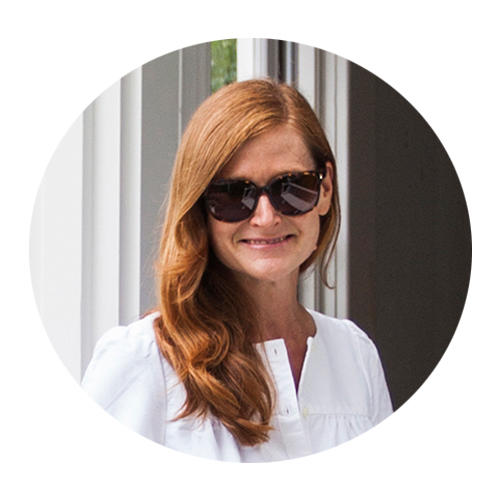Pricing for interior design work can vary greatly from firm to firm. We asked nine designers—Juan Carretero, Elizabeth Cooper, Alida Coury, Brenda Danso, Carmeon Hamilton, Sherry Hope-Kennedy, Janie Jones, Joshua Jones and Elizabeth Miles—how they feel about fixed pricing.

Different strokes
“Our clients are so varied, with each project having a different degree of complexity, that we work with them on a case-by-case, typically billing by the hour. No two renovations are alike, and no two clients are alike. Some people are quick to make decisions; some are not. For all projects, we take into consideration client budget, square footage and timeline. We give clients a range of hours based on the projected scope of work.” —Sherry Hope-Kennedy, Studio SHK, San Francisco

Scope it out
“Though I’ve come to standardize my pricing structure across the board, my pricing still differs by project. For example, my one-hour virtual consultation is one set price and my two-hour in-person is another set price. My hourly rate is also set, but the hours can vary by project. Even two bedroom-only projects could be completely different. One client can call me for a total gut renovation with new windows, floors, wall and ceiling treatments, lighting and electrical, all-new furniture, bedding and decor, and another client can call and ask for only new paint, lighting and bedding. The amount of hours for those projects would vary greatly due to the amount of time required to specify what’s needed for the scope of work.” —Carmeon Hamilton, Nubi Interiors, Memphis, Tennessee

Rare find
“I rarely ever have fixed pricing. I’d only ever consider it if a client and I had worked successfully together previously. I think that there are too many unknowable variables throughout the course of a project that could impact the budget and the hours of work involved.” —Elizabeth Cooper, Elizabeth Cooper Interior Design, San Francisco

Tailor-made
“Every client is different, so we tailor our fee structure accordingly, as a dithering client might not suit fixed pricing. Sometimes, fixed pricing is the only way a client can compare different designers’ bidding for the same job, but honestly, I think this can often be to their own detriment. We prefer to complement our fixed-fee structure with time caps that allow us to charge more for unforeseen events that might trigger delays—hello, coronavirus! The truth is, it’s all a bit of a guessing game—you just have to be comfortable with your risk, and if not, be ready to move on.” —Juan Carretero, Capital C Interiors, New York
Hour by hour
“I have fixed design rates for all my clients. The projects I take on can go in phases, or we can work on the overall design so the client can control the budget more easily. However, I do not work on a flat-fee basis, because flat fees never cover the amount of work I actually do. I also find clients tend to be way more decisive and respectful of my time on an hourly structure.” —Alida Coury, Alida Coury Interiors, Chicago

Take charge
“When it comes to pricing, a fixed rate is offered on a case-by-case basis. There were some major drawbacks to using this model in the beginning of my business. I would often
underestimate the scope of work, and consequently under-charge. To mitigate this issue, I always ensure the project is discussed extensively at the beginning to understand the project scope followed by a set fee. Additionally, a detailed letter of agreement is drawn up to ensure that anything outside of the agreed-upon scope will be billed separately. Payments are made as the project progresses, making it easy to follow the no-pay, no-work model.” —Brenda Danso, BD Interior Design, Toronto

Factored in
“Our pricing is fixed based on three factors: square footage, scope of work for the space and estimated hours. When we are working on a home from the ground up, we have to consider the construction phase as well as the interior planning and layout design. That pricing would be different from a home in which we are just providing layout design and furnishings. We outline standard markup and purchasing terms with our clients up front and strive to provide transparent and complete pricing agreements before we get started on a project.” —Janie Jones and Elizabeth Miles, Hundley Hilton Interiors, Birmingham, Alabama

Be flexible
“I work in e-design, [meaning] my clients are comfortable executing the designs on their own or hiring contractors to do remodeling work, and most of my clients have never worked with an interior designer before. I start with fixed pricing at a few different price points that I advertise on my website so that people can see it’s much more affordable than they realize. Most projects stay at that fixed cost, but depending on the complexity of a project, those prices can flex up or down.” —Joshua Jones, JJones Design Co., San Francisco
Homepage photo: A project by Nubi Interiors | Courtesy of Carmeon Hamilton





























